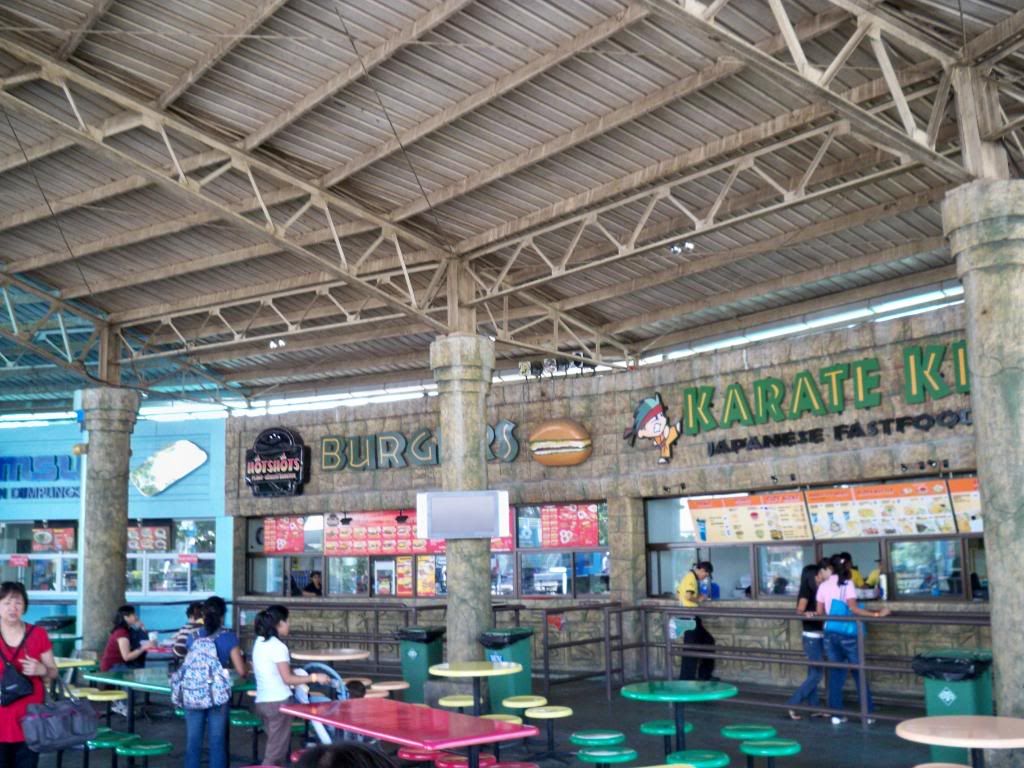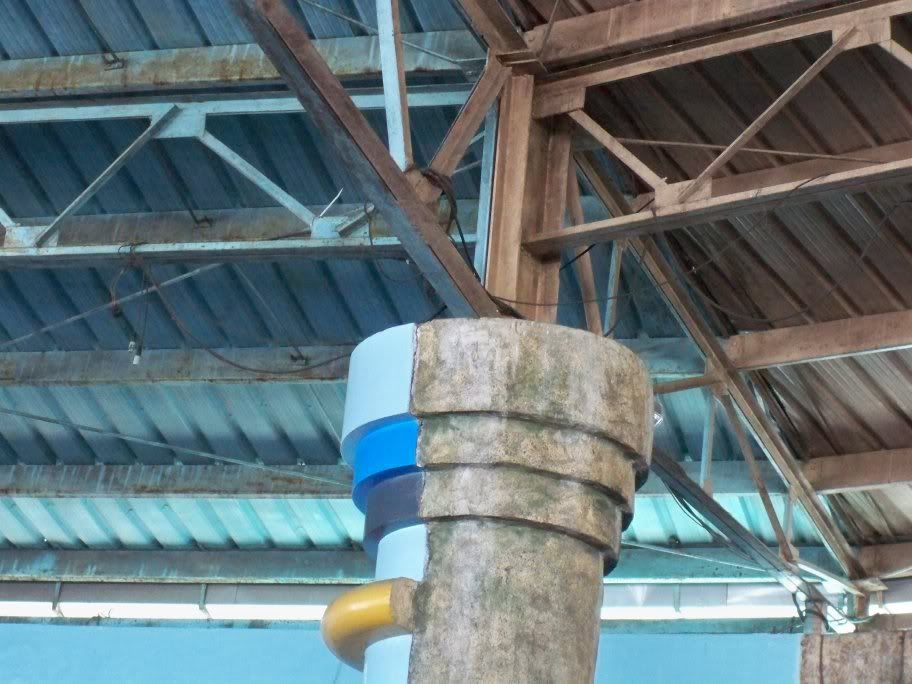Merchandise in the 90's
I can only comment on past practices as I was there years ago.
There was a shift back in the early nineties driven by corporate pressure to show 20% quarter to quarter growth, from park retail being judged holistically, to being held accountable on a square foot and "location by location" basis. Each shop had to justify it's own existence. In addition there was above to "empower" front line CM's and managers to make their shops more "successful" and that included the operating cost of their stores. This resulted in all kinds of ad hoc racks being set up outdoors, requests for "sandwich" signs in the street and all kinds small changes that were hard to track. The Antique buyer that served Liberty Square and New Orleans at Disneyland retired, so there was no new buyer, that ability evaporated and ended that era. At DL, they decided to look at the top selling items and increase those, while liquidating all the smaller selling items, sorting down to less SKU's and selling the top 10 percent in more places. Disneyland Paris had opened and it's stores were the most themed, and of course, the Europeans were not rabid "souvenir" buyers, resulting in the blame for the lack of sales being placed on the fact that the stores were too themed or did hot have slat wall and track lights, not that the merchandise was dreadful, or the reality that the audience was culturally opposed to buying logo T Shirts. Punishment for this eventually resulted years later in strict retail design guidelines that require that props primarily exist above 8 feet and merchandise is displayed in similar fashion with theme applied. The stores were now ruled by merchandise formula and the designers had to heel those guidelines. The success of the WOD and Disney Stores via Paul Pressler brought a certain number of new formulae into the mix, but they would spend more money on the stores as they saw them as most precious. Retailers know that fun displays and fun interiors drive sales. They like theming when it excites the guest. I got along with the merchandise folks, see their side of it, and wanted to build trust as we all had the same challenges. All these events came in waves and evolved the themed retail experience.
WDI wrestled with these new changes as best they could, arguing that stores were part of the "show" and could lose money individually, but collectively would be more successful and shown increased sales. The retailers agreed, but how much of the park is "show" is hard to quantify and when you are forced to increase sales, it's a tough sell. For a period, the shops were lettered A, B and C, meaning high volume stores would be mostly merchandise driven like the Emporium, there was a middle ground store that was somewhere in between where the props were mixed in, and then the C shops were high in "show" (Magic shop, perfume shop), lower performers. there could only be so many of one and the other. I'm not sure if this system still exists.
Now years retired from the mouse, I've watched how these things have played out, not knowing how the "system" has been working if at all, and I will say the best thing to happen is getting outside companies to run the small "Magic" trick shops, as they have the passion and stock the stores best. The key to getting the texture back is getting small vendors to come in and take over the little stores that make a difference. You tend to recall those moments with the glass blower, or magician more than selecting that right mug. Disney invented the flow through store and that's great, but when it becomes a big, over decorated mall, then you've "jumped the shark" as they say in the movies. The result is less to explore and you may feel over merchandised. Having similar product everywhere desensitizes you to the shopping experience overall and you eventually go in less places. "The Disney Gallery" revolves it's shows often and does a great job of keeping things high show and interesting. The challenges we're talking about are beyond the Disney branded items and getting people to buy a themed Frontierland item or something that supports the promise of each land.
Frankly, retail in the "real world" is struggling to sell against the online options, so parks have to generate a bigger impulse to get you past buying that "Founding Fathers" book next to the Hall of Presidents at Target AND Amazon. It's tough.
I think there is a way to achieve a "turn of the century" Main Street with tons of texture and nostalgia, but it would take more effort than Disney is willing to put out there. You have to staff buyers and maintain all kinds of little experiences to add up to the big one and the departments by design are not incentivized to do that. That's why I'm a proponent of the Magic Shop avenue as they off load the hard work to others who have the passion for it and we the guest get a great magic "show" from someone who loves it. Same goes for Silhouettes and other lost arts we need out there. I think they are realizing this via Harry Potter and that guests want the themed Butter beer and Wands when they connect to the experiences and you have to do those things. It's not that they would not love to do it, but the merchandise division is designed and staffed for huge volume sales, not running boutiques with lots of moving parts. That's the reality.
In the nineties, I pitched an idea called the "Sketch Watch". (An artist draws a character you choose and they scan the art, shrink it into the face of the watch, and assemble it for you). One of a kind and you get the artwork. Very unique, but no one in merchandise would even test it without being forced by the President of the company (Those folks are gone now). They thought it was too much effort to find the right scanner, develop the idea, etc. and they thought it could only sell for 75 bucks tops. They were forced to test it, sold a 3 month backlog of them and now they sell for up to 250 bucks. That was almost 20 years ago and they still are selling them and run it beautifully. The mere presence and show value of the watch artist in the store initially raised the sales of the generic Mickey Mouse watches displayed nearby by 35%! We need more things like that. You can enjoy watching the artist even if you buy nothing.


